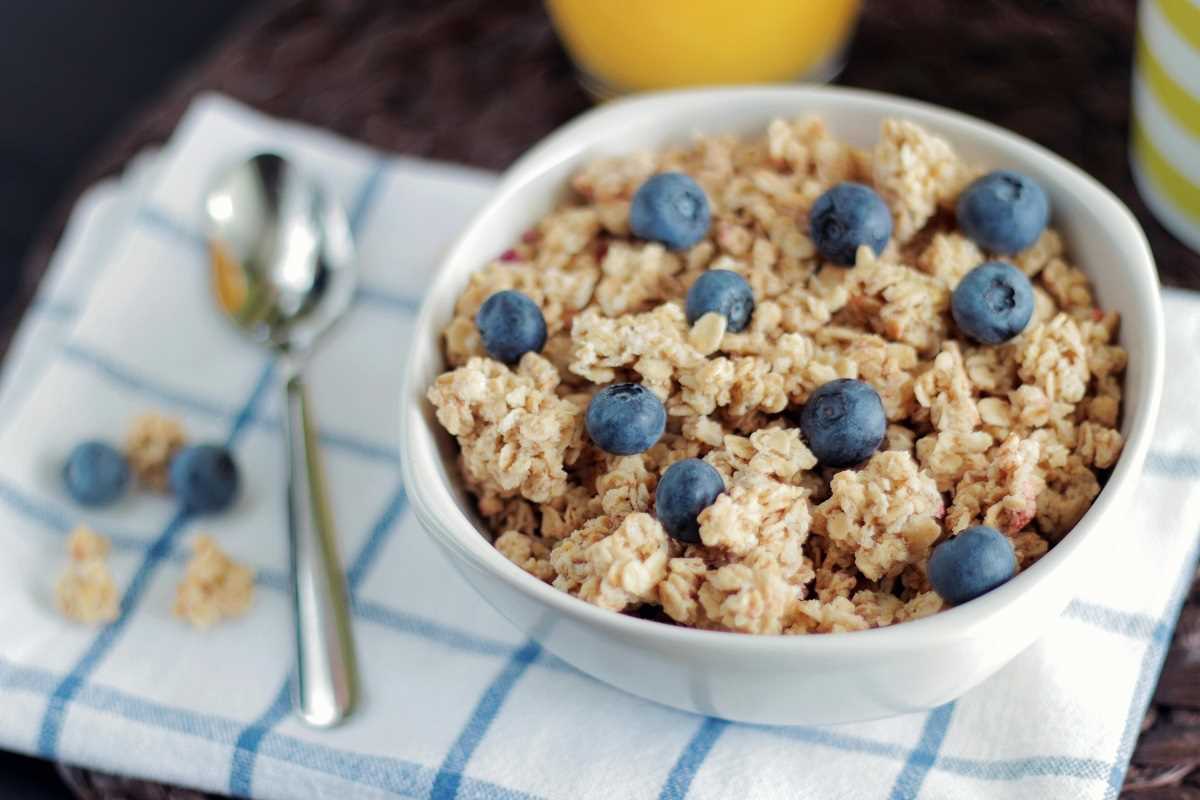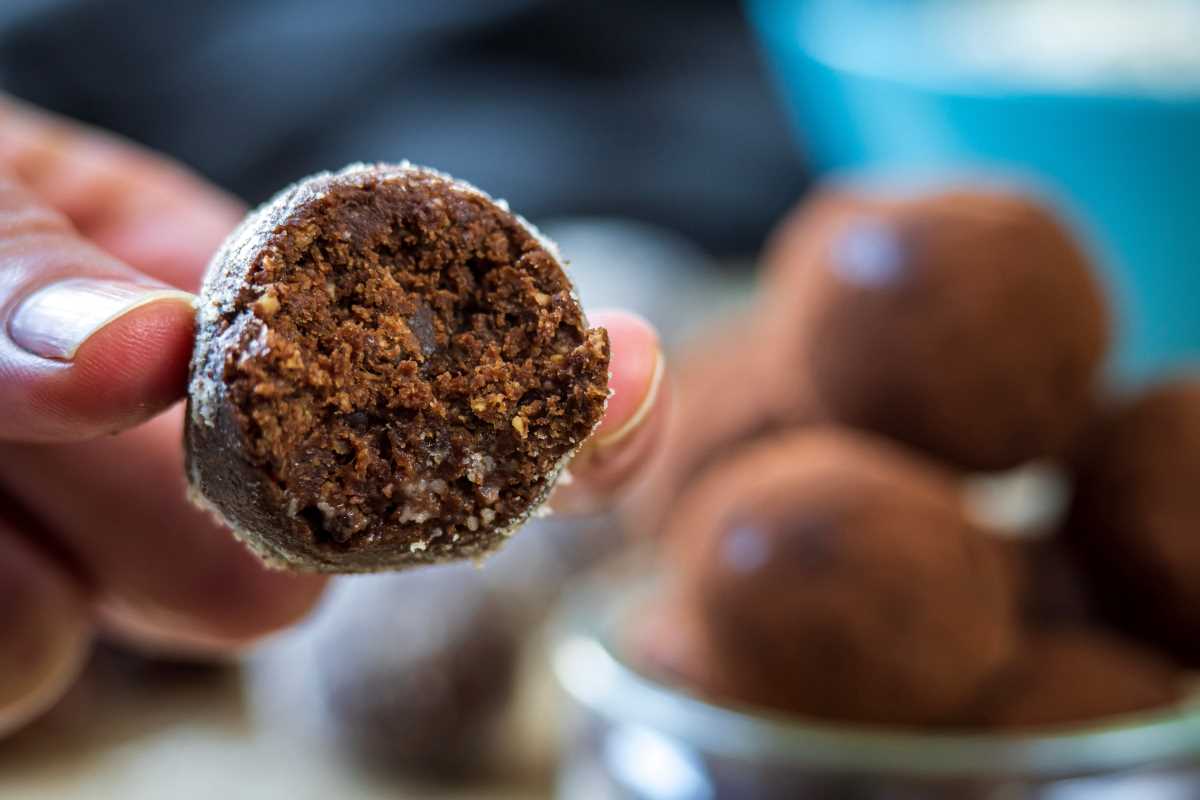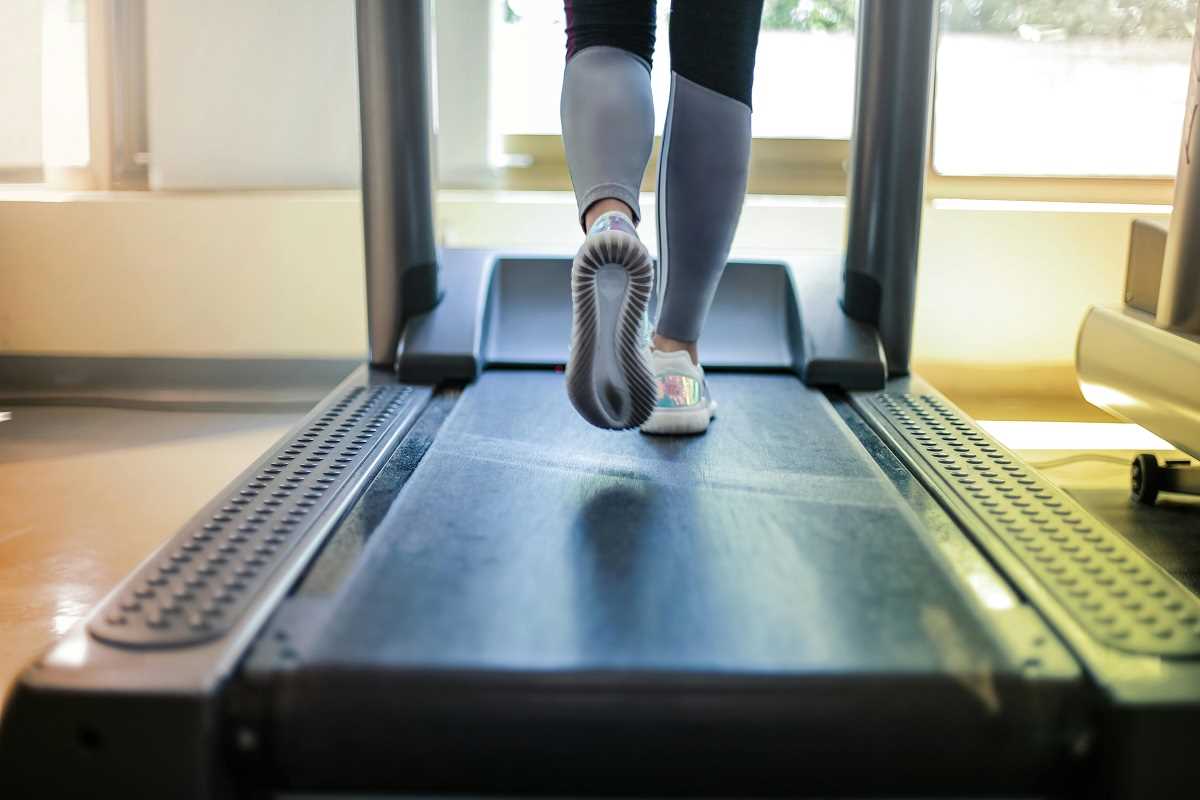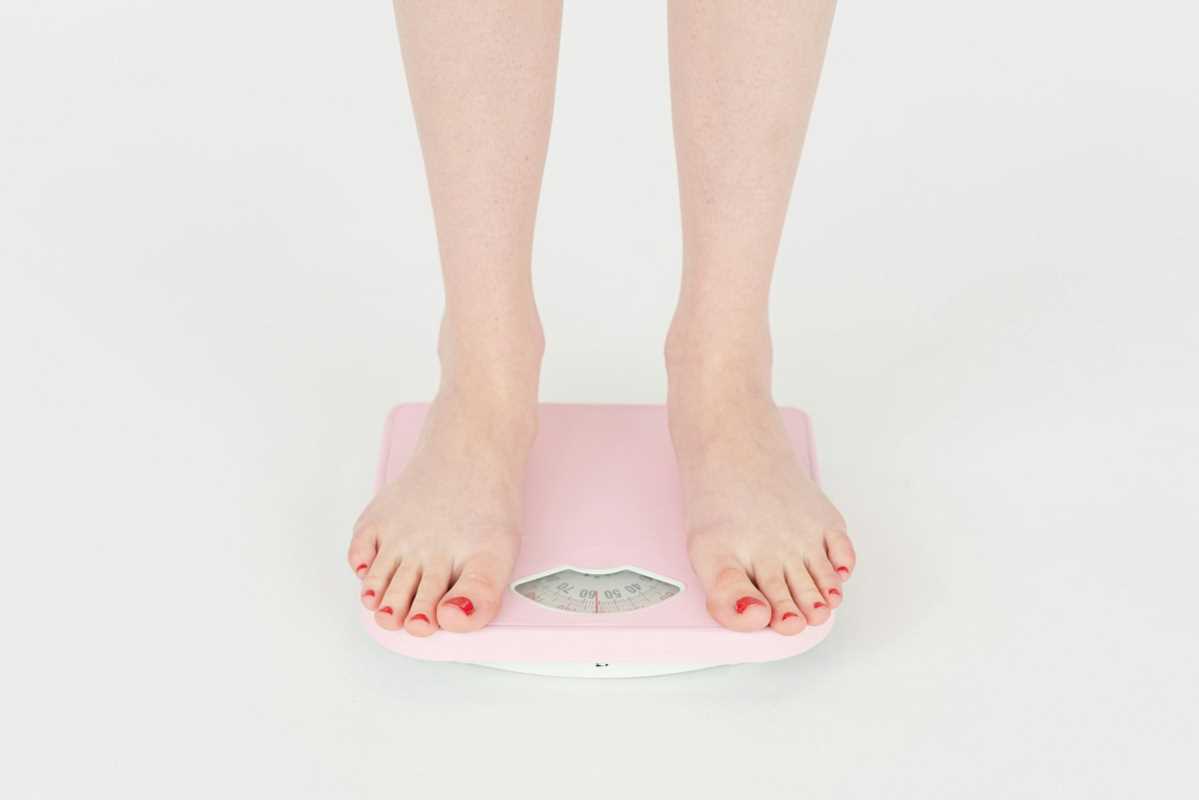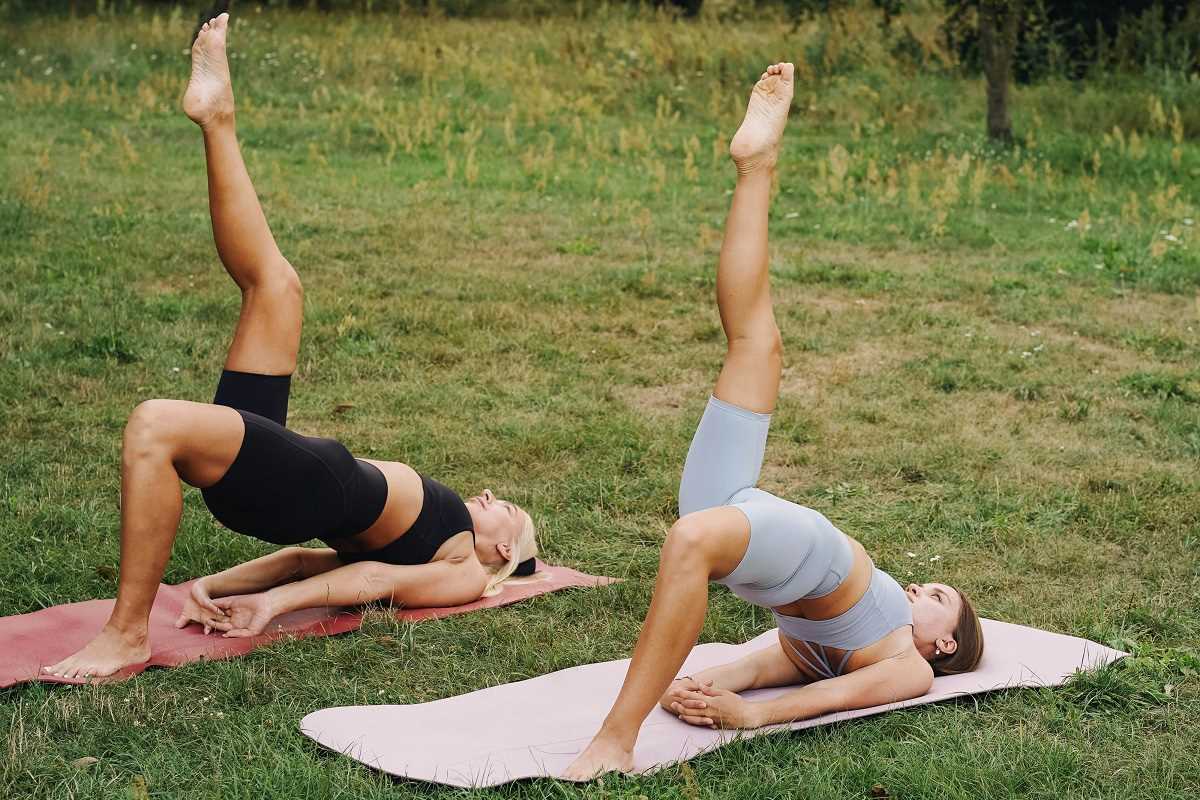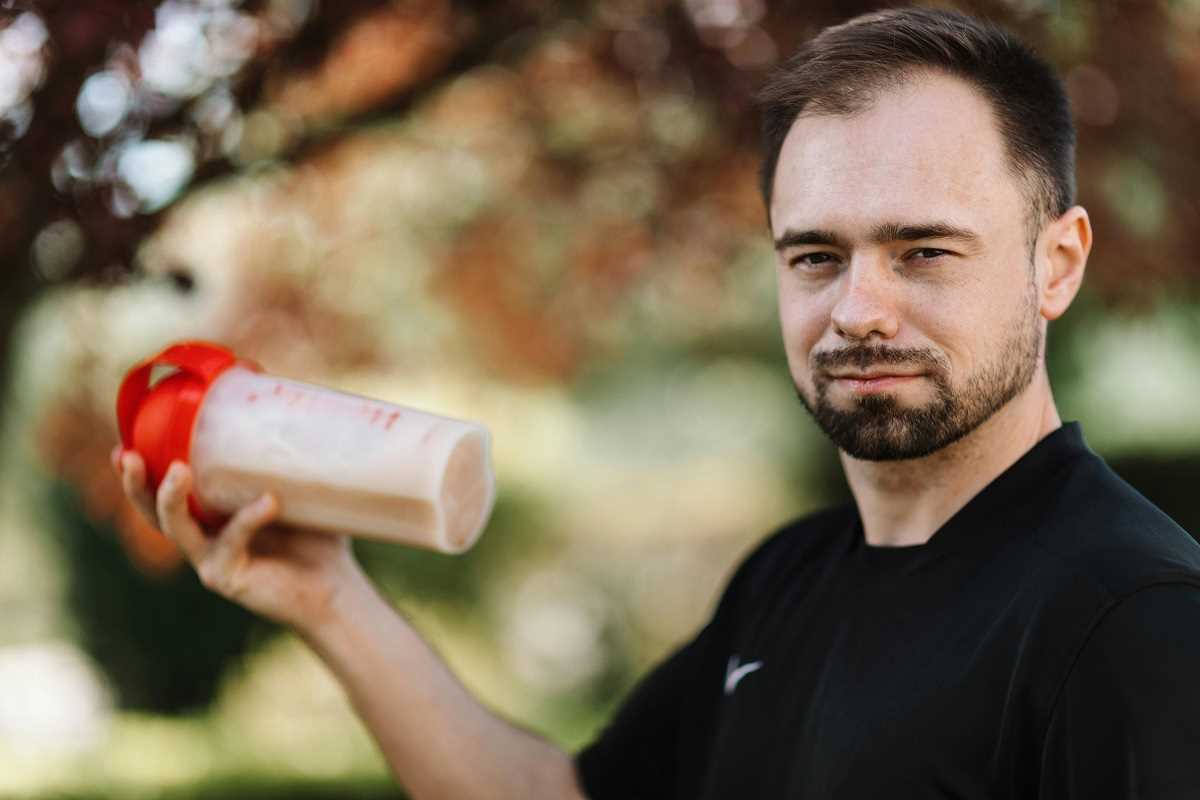When it comes to fitness goals, reducing belly fat is one of the most common. Many of us dream of achieving a flatter stomach, not only for aesthetic reasons but also for improved health. Excess belly fat is linked to various health risks, including heart disease and diabetes, so taking steps to reduce it is a win for both your appearance and your well-being.
It’s important to remember that you can’t target fat loss in just one area of your body. However, by combining consistent exercise with a balanced diet and healthy lifestyle, you’ll notice overall fat reduction—including around your belly.
If you’re just starting out, don’t worry! This guide is for beginners. The exercises we’ll discuss require little to no equipment, are easy to follow, and are perfect for easing your way into fitness. Plus, we'll share some tips on warm-ups, cool-downs, and staying motivated to help you build lasting habits.
Why Warm-Ups Matter
Before you jump into your workout routine, it’s essential to warm up. Warming up prepares your muscles and joints for movement, increases your heart rate gradually, and prevents injuries. Skipping this step is like trying to drive a car on a freezing morning without starting the engine first!
For beginners, here’s a quick warm-up routine you can try:
- Arm Circles (30 seconds): Extend your arms out to your sides and make small, controlled circles.
- Leg Swings (30 seconds per leg): Swing each leg forward and backward in a controlled motion to loosen up your hips.
- Marching in Place (1 minute): Lift your knees as high as you can while swinging your arms gently.
- Side Lunges (30 seconds per side): Step laterally, bending one knee and keeping the other leg straight, alternating sides.
These movements will get your blood flowing and your body ready for the exercises ahead!
1. Walking with Purpose
Walking might seem simple, but it’s a powerful exercise that burns calories, improves cardiovascular health, and works multiple muscle groups. It’s also the perfect introduction to fitness because it’s low-impact and suitable for all fitness levels.
To maximize the fat-burning potential of walking:
- Start with a pace that feels comfortable but slightly challenging.
- Gradually increase the intensity by walking faster or incorporating short bursts of jogging.
- If possible, explore walking trails or paths with slight inclines to challenge your body further.
Motivation Tip: Use this time to zone out with your favorite podcast or music playlist. Setting a step goal can also keep you focused. Start with a goal of 5,000-6,000 steps and work toward 10,000 steps a day gradually.
2. Plank Hold
The plank is a seemingly simple exercise that packs a punch. While it targets your core, it also strengthens your shoulders, arms, and back. Holding a plank works deep muscles around your abdomen, which can help stabilize your spine and improve posture.
If the standard plank feels challenging, you can modify it:
- Perform a plank with your knees on the ground instead of your toes.
- Begin with short holds (10-15 seconds), focusing on maintaining proper form.
To make planks more engaging or effective as you progress, try variations like:
- Side Planks: Rotate your body to one side, supporting yourself on one arm. This variation emphasizes your obliques.
- Plank with Shoulder Taps: Alternate tapping each shoulder with the opposite hand while maintaining your plank form.
Making planks part of your routine adds both strength and stability to your overall fitness.
3. Bicycle Crunches
For targeting both the upper and lower abs along with the obliques, bicycle crunches are tough to beat. This exercise mimics the pedaling motion of cycling but adds a twist to engage your core fully.
Here’s how to get the most out of your bicycle crunches:
- Keep your upper body as controlled as possible during the movement. Avoid jerking your neck or using momentum.
- Breathe consistently by exhaling as you twist and inhale as you return to neutral.
- If this exercise feels too intense, you can start by doing fewer repetitions or slowing down the motion to focus on form.
Variation: If the full movement feels overwhelming, try lying on your back and doing a “dead bug” exercise, where you alternate lowering one leg and the opposite arm.
4. Leg Raises
Lower belly fat is often stubborn, but consistent leg raises can help you tone and strengthen this part of your core. This is a classic, straightforward movement that all beginners can master.
A few tips for success with leg raises:
- Use a yoga mat or soft surface to protect your back.
- If you find it hard to lift both legs simultaneously, try raising one leg at a time while keeping the opposite leg bent.
- Don’t rush. Controlled movements engage your abs more and reduce the risk of injury.
Advanced Option: Once you’re comfortable, try adding an exercise ball. You can hold it between your feet or hands for an added challenge.
5. Mountain Climbers
This high-energy exercise is both a cardio workout and a core strengthener. Mountain climbers mimic the motion of scaling a mountain, and they’re excellent for spiking your heart rate while engaging your abdominal muscles.
Beginner modifications include:
- Slowing down the motion or pausing between each leg switch to focus on form.
- Doing the exercise for 10-15 seconds at a time and increasing the duration as you get stronger.
Challenge Tip: Once you’ve mastered a steady pace, experiment with mixing in different rhythms. For example, alternate between going slow and fast to keep your body guessing.
6. Russian Twists
Russian twists help target your obliques and the upper and lower abdominal muscles. It’s a great exercise to improve core strength and define your midsection.
For beginners:
- Start without any weights until you feel comfortable with the motion.
- Keep your movements slow and controlled. Twisting too fast might reduce the effectiveness of the exercise.
Advanced Move: Hold a small dumbbell or medicine ball for added resistance. You can also elevate your feet slightly to increase the difficulty and engage your stabilizing muscles more.
7. Jumping Jacks
This classic exercise shouldn’t be underestimated. Jumping jacks are a full-body cardio workout that not only burns calories but also improves coordination and endurance.
For beginners who feel intimidated by high-impact movements, you can modify jumping jacks:
- Perform “step jacks” by stepping one foot out to the side at a time while lifting and lowering your arms.
Pro Tip: Incorporate jumping jacks into a circuit routine. For instance, pair them with a plank hold or leg raises to keep your workout dynamic and engaging.
8. Knees to Chest Stretch
Stretching often gets overlooked, but it’s a crucial part of any fitness plan. After an intense workout, your muscles need recovery time. This simple movement stretches your lower back and abdomen, helping you cool down and prevent soreness.
For deeper relaxation:
- Try incorporating deep, mindful breathing while holding the stretch.
- Add other beginner-friendly stretches, like the child’s pose or downward dog, to round out your cooldown.
Taking five minutes to stretch after each workout goes a long way in helping your body recover.
How to Stay Motivated
Starting a fitness routine is only half the battle; staying consistent is where the real challenge lies. Here are some tips to keep your motivation high:
- Set Small Goals - Rather than focusing solely on long-term results, celebrate small victories. Whether it’s doing one more rep or holding a plank five seconds longer, these milestones matter.
- Track Progress - Keeping a workout journal or taking occasional progress photos can help you see how far you’ve come.
- Find a Support System - Exercising with a friend or joining a community can make the process more enjoyable. Accountability partners are great for encouraging you on tough days.
- Be Kind to Yourself - Some days will be tougher than others, and that’s okay. What matters is that you keep showing up, even if you can’t give 100%.
Reducing belly fat and improving your fitness is a marathon, not a sprint. These beginner-friendly exercises, when paired with a healthy lifestyle, can set you on the right path. It’s important to remember that consistency is the key to progress, and making exercise part of your routine will reward you with other benefits like better mood, more energy, and improved overall health.
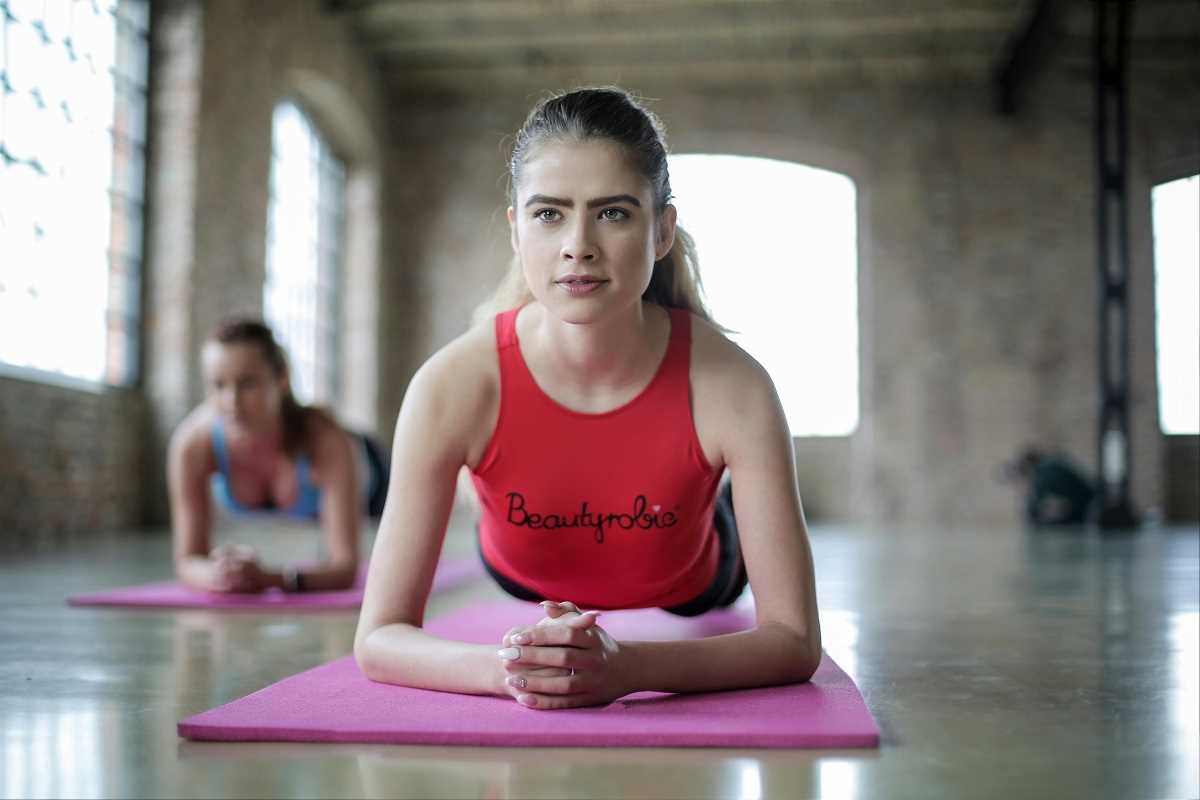 (Image via
(Image via